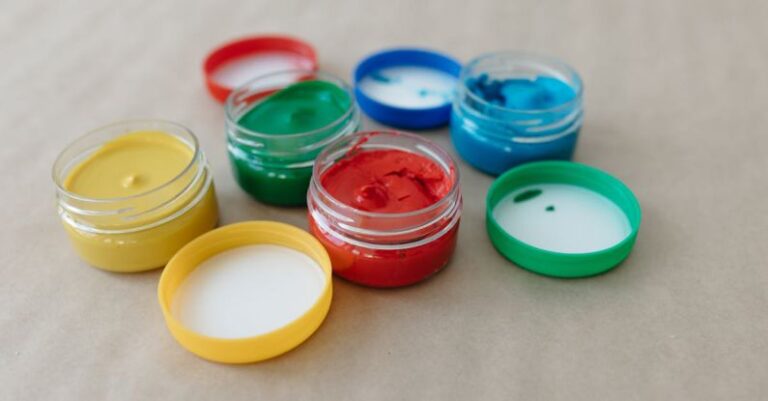
Innovations in sustainable design have revolutionized the way we think about interior spaces, including the heart of the home: the kitchen. Eco-friendly materials are becoming increasingly popular in kitchen design due to their aesthetic appeal, durability, and positive impact on the environment. From countertops to cabinetry, these materials offer a wide range of benefits that enhance both the functionality and visual appeal of modern kitchens. Let’s explore how incorporating eco-friendly materials can elevate kitchen design to new heights.
Enhancing Aesthetics
One of the primary reasons eco-friendly materials are gaining traction in kitchen design is their ability to enhance the overall aesthetics of the space. From sleek bamboo flooring to elegant reclaimed wood countertops, these materials bring a unique and natural element to the kitchen. The use of sustainable materials can add warmth, texture, and depth to the design, creating a welcoming and visually appealing environment. Moreover, eco-friendly materials come in a variety of colors and finishes, allowing homeowners to customize their kitchen to reflect their personal style while maintaining a commitment to sustainability.
Promoting Sustainability
In an era where environmental consciousness is paramount, incorporating eco-friendly materials in kitchen design is a powerful way to promote sustainability. By using materials that are renewable, recyclable, or biodegradable, homeowners can reduce their carbon footprint and minimize the impact of their kitchen on the environment. From recycled glass countertops to energy-efficient appliances, every aspect of the kitchen can be designed with sustainability in mind. This not only benefits the planet but also creates a healthier living environment for the occupants.
Durability and Longevity
Another key advantage of eco-friendly materials in kitchen design is their durability and longevity. Sustainable materials such as bamboo, cork, and recycled metal are known for their strength and resilience, making them ideal choices for high-traffic areas like the kitchen. These materials are less prone to wear and tear, moisture damage, and scratches, ensuring that the kitchen retains its beauty and functionality for years to come. Investing in eco-friendly materials can also result in lower maintenance costs over time, as they are often more resistant to stains and require less frequent replacement.
Health and Well-being
The use of eco-friendly materials in kitchen design can have a significant impact on the health and well-being of the occupants. Many traditional building materials contain harmful chemicals and toxins that can off-gas over time, contributing to indoor air pollution and potential health risks. In contrast, eco-friendly materials are free from harmful substances such as volatile organic compounds (VOCs) and formaldehyde, creating a healthier indoor environment. By choosing sustainable materials for the kitchen, homeowners can reduce exposure to toxins and allergens, promoting better respiratory health and overall well-being.
Creating a Unique Design Statement
Beyond the practical benefits, eco-friendly materials offer the opportunity to create a unique and distinctive design statement in the kitchen. Whether it’s a striking recycled glass backsplash, a sleek concrete countertop, or a rustic reclaimed wood island, these materials can add character and personality to the space. By mixing and matching different sustainable materials, homeowners can achieve a one-of-a-kind look that reflects their individual taste and style. Embracing eco-friendly materials in kitchen design allows for creativity and innovation, resulting in a space that is as visually stunning as it is environmentally conscious.
In conclusion, the incorporation of eco-friendly materials in kitchen design represents a powerful trend that is shaping the way we approach interior spaces. From enhancing aesthetics and promoting sustainability to improving durability and creating a healthy living environment, these materials offer a multitude of benefits that go beyond mere design aesthetics. By embracing eco-friendly materials, homeowners can create a kitchen that is not only beautiful and functional but also environmentally responsible and sustainable for the future.





